How to Stop an Autistic Child from Eating Non Food Items
What can be done to stop a child with autism eating non food items such as paint, clay or metal? Learn about proven tips and tricks to prevent this activity, known as pica.Pica is the “abnormal craving for non-food items such as paint, dirt or clay.” It can lead to poisoning, intestinal damage, dental problems and more. Children with developmental disabilities, like autism, are more likely to continue to explore orally or to not understand the dangers of ingesting non-food items. They may be seeking sensory input or may exhibit pica symptoms as a means of control over their environment.What Can be Done to Prevent Pica in Autistic Children?No single approach will work for every child. Multiple techniques may need to be tried with an autistic child eating non food items. Results may depend upon the cognitive and functional levels of the child. Successful methods include:positive reinforcementattention controlmodelingsensory alternativesusing a ‘pica box’discrimination trainingaversion and medical managementPositive ReinforcementThe positive reinforcement approach to stopping pica involves giving a child praise and positive attention when he or she is engaging in appropriate behaviors, such as eating food or handling a non food item.Attention ControlThe attention control approach to preventing an autistic child eating non food items involves giving little or no attention to the child when the behavior occurs. This theory is often successful if the child is using pica to get attention or to control his or her environment. When pica happens, eye contact is avoided, the facial expression of the adult is kept neutral, and any words spoken are monotone. If the child realizes they will not get attention for their behavior, they are more likely to stop it.ModelingModeling is the process of showing a child how to use an object appropriately, rather than eating it. Modeling can be deliberate or incidental. Incidental modeling can occur when an autistic child is surrounded by other children who are using the object correctly. When the child with autism sees other children playing appropriately, they are more likely to do so themselves. Giving autistic children opportunities to be amongst typically developing peers will help them learn via modeling. Deliberate modeling can be performed by parents, teachers, therapists and other caregivers. Correct use of the object is repeatedly demonstrated for the child .Sensory AlternativesIf an autistic child is eating non food items for the sensory input, providing alternative items to achieve sensory stimulation may help to reduce pica. It is important to find items of similar textures, tastes or smells for the greatest success with this method. Alternatives such as chewy theratubing (available from medical supply or special needs supply companies), chewing gum, foods with strong tastes, vibrating tethers etc. may be viable alternatives.The Pica BoxA ‘pica box’ is a box of items that are safe for the child to mouth. When alert and calm, the child is shown the pica box and told that any of the objects inside the box can be placed in their mouth if they so wish. When the autistic child tries to eat a non food item, he or she is taken directly to the pica box and aided in choosing another item to mouth instead. Discrimination TrainingSome children with autism are unable to tell the difference between food and non food items. Games and activities can be set up to help the child learn what is food, and what is not. Children could sort different objects into groups, or help make a chart with pictures of edible and inedible items.Aversion and Medical ManagementIn more serious cases of pica, children have been placed on medication to control anxiety and improve impulse control. Medications should be discussed with qualified physicians and psychiatrists.The aversion approach to preventing pica involves mild punishment to give the autistic child negative consequences for eating non food items. When the child attempts to eat the object, an unpleasant correction is given. The negative consequence could be a particular noise, sensation or word. Having the child throw away the item can also be upsetting, but beneficial.When to Seek Professional HelpIf pica is suspected, the behavior should always be discussed with a medical professional as soon as possible. Children may be tested for nutritional deficiencies to rule out malnutrition as an underlying cause. If a child is ingesting or attempting to ingest poisonous, sharp or metal objects, seek help immediately to prevent serious injury or illness.Article by -launis

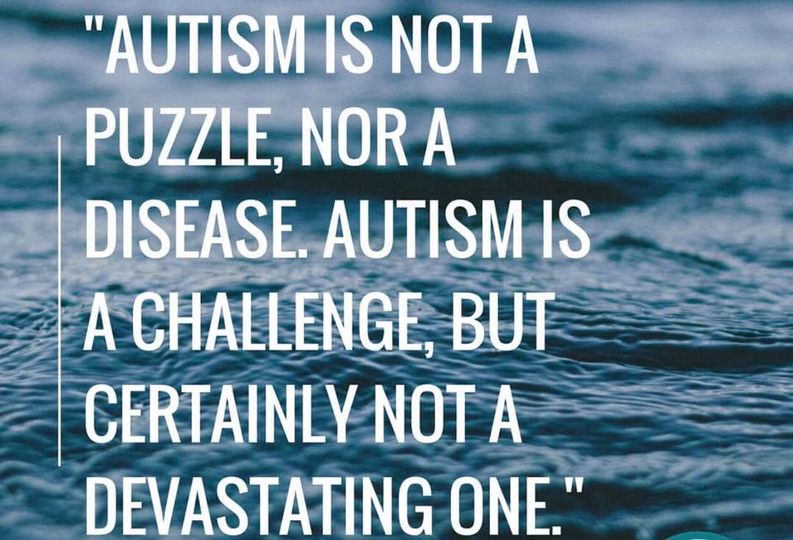
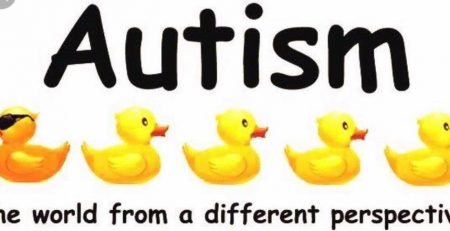
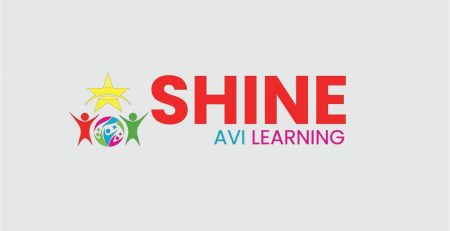
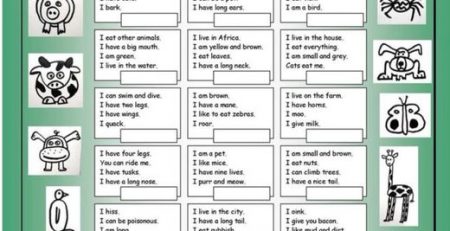
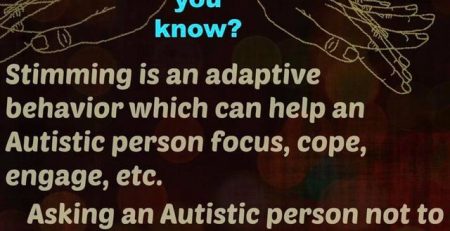
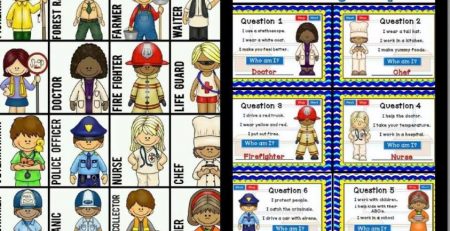
Leave a Reply